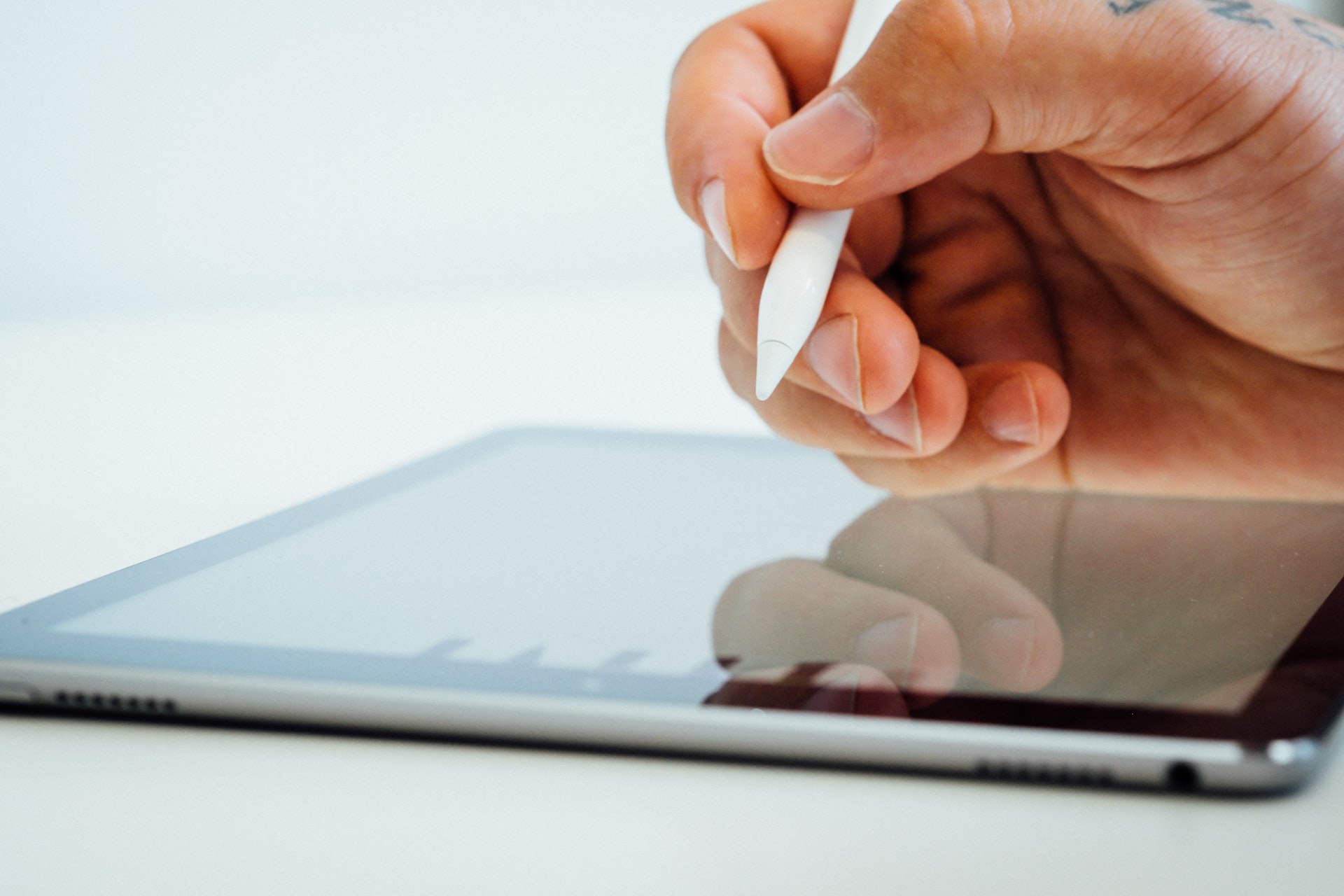Do you get tired of constantly using your hands to control your device? If so, palm rejection technology may be the solution you’ve been waiting for. Palm rejection allows your device to recognize when it is being used as a input device, and ignore any unintentional contact with other parts of your hand. This makes for a more comfortable and natural experience. Read on to learn more about how palm rejection works and the different devices that support it.
what is palm rejection
Palm rejection is a feature found on many touchscreen devices that prevents the device from responding to accidental input from the user’s palms or other parts of the hand. This can be particularly useful when writing or drawing on a touchscreen, as it helps to prevent accidental marks being made.
Palm rejection works by using sensors to detect when the user’s hand is close to the screen and then ignoring any input that is made in that area. Some devices also allow the user to enable or disable palm rejection as needed. Palm rejection is an important feature for many touchscreen users, as it helps to improve accuracy and prevent unwanted marks from being made on the screen.
The benefits of using a palm rejection stylus
One of the great things about tablets and smartphones is that you can use them for a variety of tasks, from sending emails to playing games. However, one of the challenges of using these devices is that it can be difficult to type or draw with precision. This is where a palm rejection stylus can be invaluable. These styluses are designed to be used with touch-screen devices, and they feature a special tip that helps to prevent your palm from accidentally activating the screen.
As a result, you can type or draw more accurately and with less frustration. In addition, many palm rejection styluses come with built-in features that can further improve your experience, such as pressure sensitive tips and ergonomic grips.
How to use palm rejection on your device
Palm rejection is a feature that is available on many devices, such as laptops and tablets. This feature helps to prevent the device from registering input from your palm or other parts of your hand while you are using the device. To use palm rejection, simply rest your hand on the surface of the device without touching the screen. The device will then ignore any input from your hand.
This can be helpful if you want to avoid accidental input while you are typing or using the trackpad. Palm rejection can also be used to help reduce fatigue when you are using the device for an extended period of time. To turn on palm rejection, simply go to the settings menu on your device and enable the feature.
Tips for getting the most out of your palm rejection stylus
Palm rejection is a feature of many digital pens and styluses that helps to prevent accidental inputs from your palm or wrist. When used correctly, palm rejection can greatly improve the accuracy and usability of your stylus. Here are a few tips for getting the most out of this handy feature:
- Rest your hand on the screen while holding the pen at a comfortable angle. This will help the device to more accurately detect the pen tip.
- If you’re using an active stylus (one with a battery), make sure that it’s fully charged before using it. A low battery can cause palm rejection to malfunction.
- Try to use smooth, consistent strokes when writing or drawing. Sudden changes in pressure or direction can confuse the device and cause unwanted marks to be made.
- Be patient! It may take a little bit of practice to get used to using palm rejection. With a little bit of time and patience, you’ll be able to use your stylus with greater accuracy and precision.
